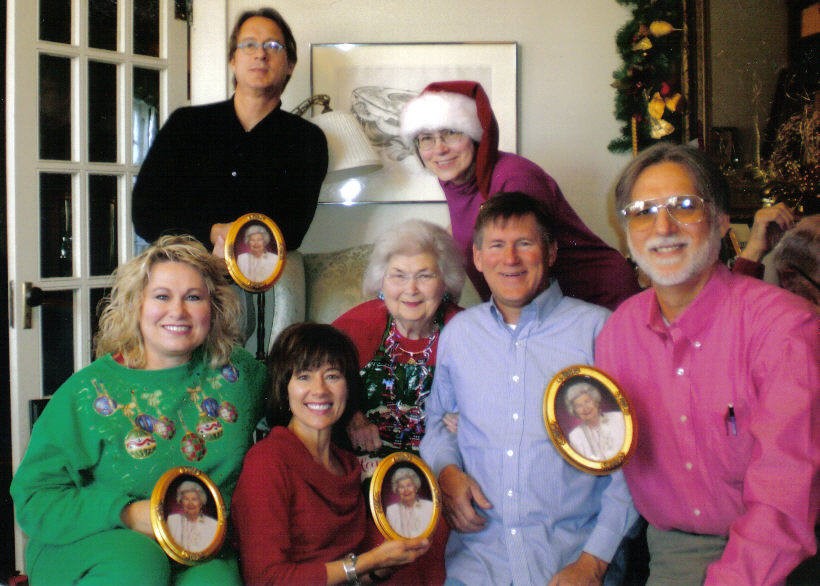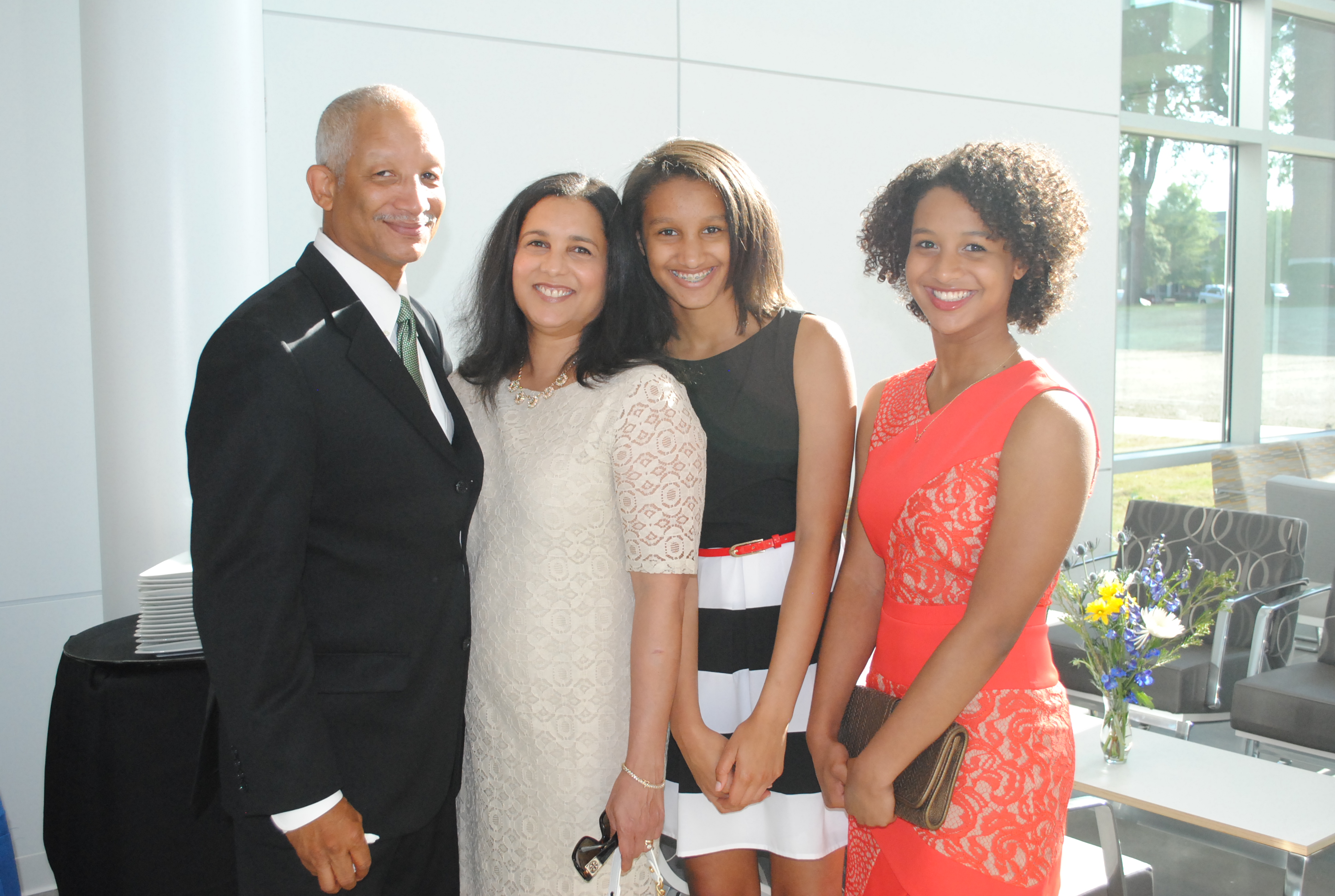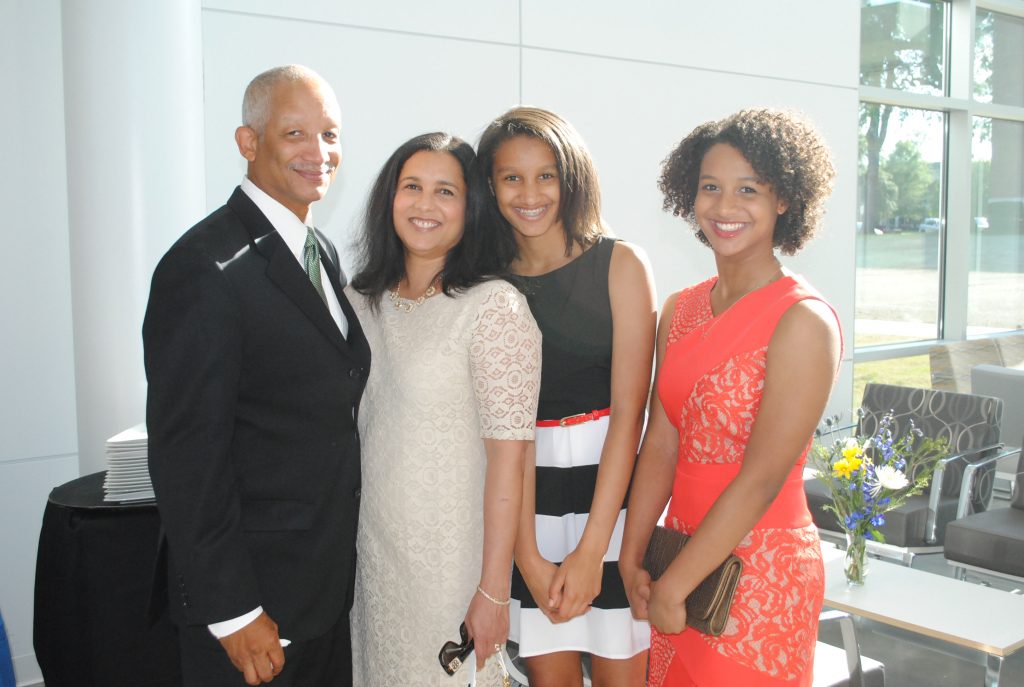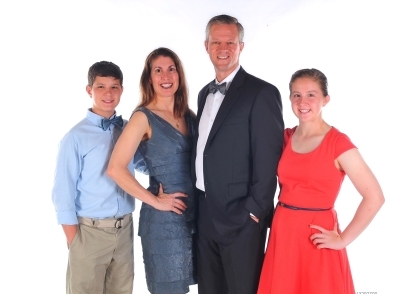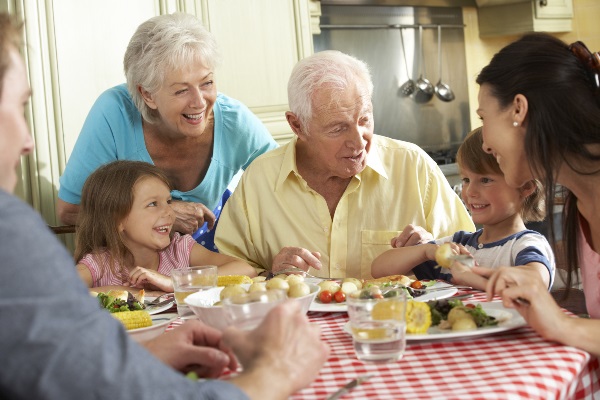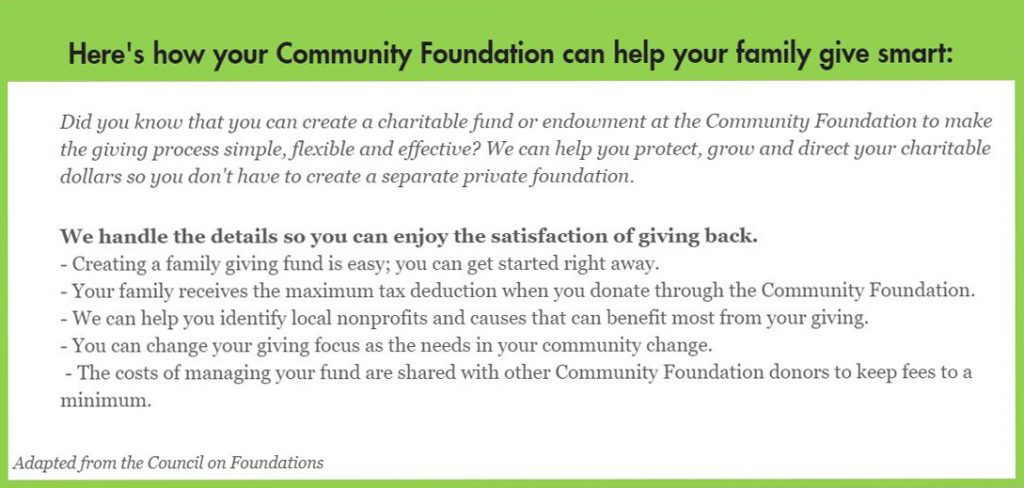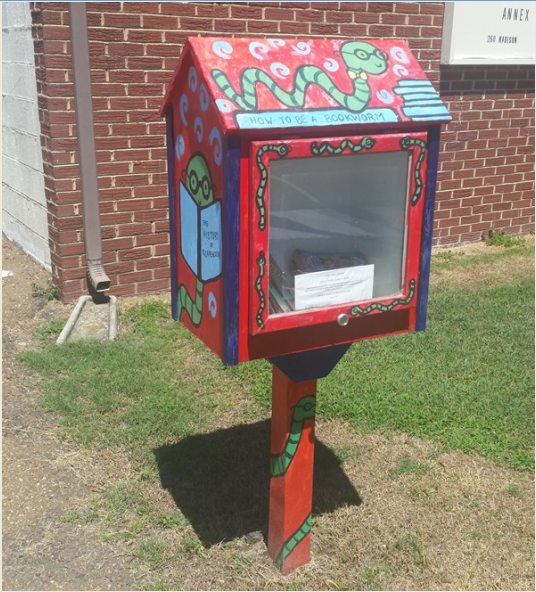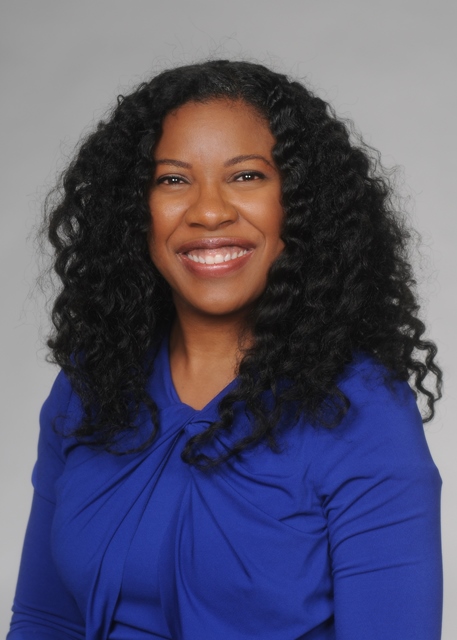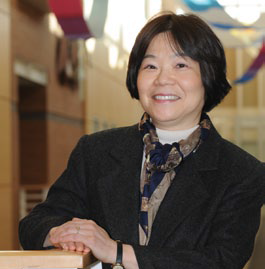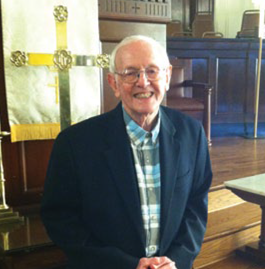Good news! Earlier in December, Congress enacted a law that allows donors in their 70s and older to give individual retirement account (IRA) assets to charity, free from federal tax, annually.
Why is this a big deal? Prior to 2006, any distribution from an IRA was taxed, even if the funds were given to charity. But now, under the PATH Act, passed on Dec. 18, if you’re 70 ½ years of age or older, you can roll over up to $100,000 from an IRA directly to a charity (like the Community Foundation) without being taxed.
It’s a fantastic way to give more with less!
Is a Charitable IRA Rollover right for you? This option might be a good fit if:
- You’re 70 ½ or older and receiving IRA required minimum distributions, but you don’t need the extra income.
- You want to make a significant gift during your lifetime, rather than leaving these assets as a bequest in your will.
Through the IRA Rollover provision, you can transfer assets from your IRA to several different kinds of charitable funds at the Community Foundation.* Your options include:
- A designated fund, which allows you to specify in advance which charities will benefit from grants made from your fund.
- A field of interest fund, which allows you to choose a general charitable cause (such as education, health, conservation, etc.) that grants from your fund will support.
- A Giving Tree fund, which allows you to support a specific community in Arkansas. Grants from Giving Tree funds are selected by a committee of local leaders, who accept grant proposals from nonprofits serving that community.
*Contributions to donor advised funds currently do not qualify for the Charitable IRA rollover under the PATH Act.
Want to learn more about whether the IRA Rollover option is right for you? We’d be happy to visit with you and your attorney, CPA or financial planner. Contact Ashley Coldiron in our central office at 501-372-1116) or the Community Foundation affiliate office in your hometown.

